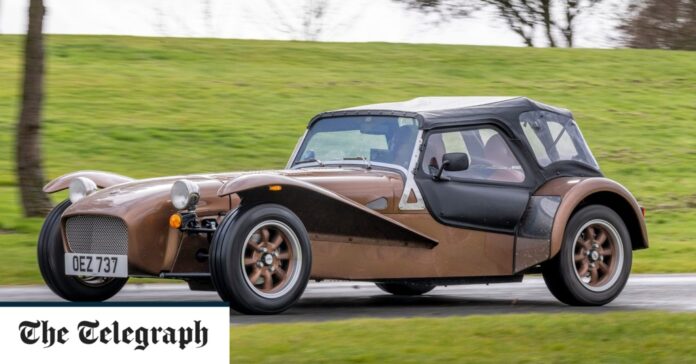We drive the legend itself, and meet some of the people who race and live with the famous Seven
Fast, fun, light and simple, the Caterham Seven, doyen of the kit-car market and grass-roots motorsport, has reached its half-century. Few new cars today are able to provide the Seven’s purity of purpose, no matter which engine, chassis or level of trim an owner opts for.
The Seven’s pared-down weight has always been key to that appeal; in its most basic form, today’s model is arguably the world’s lightest production car, tipping the scales at a sylph-like 440kg (970lb). And its design, which was essentially the third iteration of a 1957 original, penned by Lotus Cars’ founder Colin Chapman, still embodies his core tenet: “Simplify, then add lightness.”
In fact, it was only after the UK’s introduction of VAT in 1973, which meant that buyers could no longer avoid paying purchase tax when they built the Seven from a kit, that Chapman sold the Lotus Seven’s manufacturing rights and tooling to Caterham Cars. Caterham’s boss, Graham Nearn, then replaced the Series 4 design with the earlier Series 3’s, which is still used today.
And it’s a derivative of that very car – a generously-optioned, £46,250 Caterham Super Seven 2000 – that we’re about to collect from Caterham’s Gatwick showroom.


